Understanding the life cycle the Montessori way is an essential aspect of teaching children about nature and their environment. This is one of our favorite Montessori Science topics! The Montessori method brings a hands-on, child-centered approach to this topic, allowing children to explore, discover, and make meaningful connections on their own.
By encouraging curiosity and providing the right tools, the life cycle, whether it’s for a plant, a bat or a ladybug, can become an inspiring and educational experience for young learners. Below, we will explore how the Montessori Method incorporates the life cycle into learning, along with some helpful resources to enrich this concept
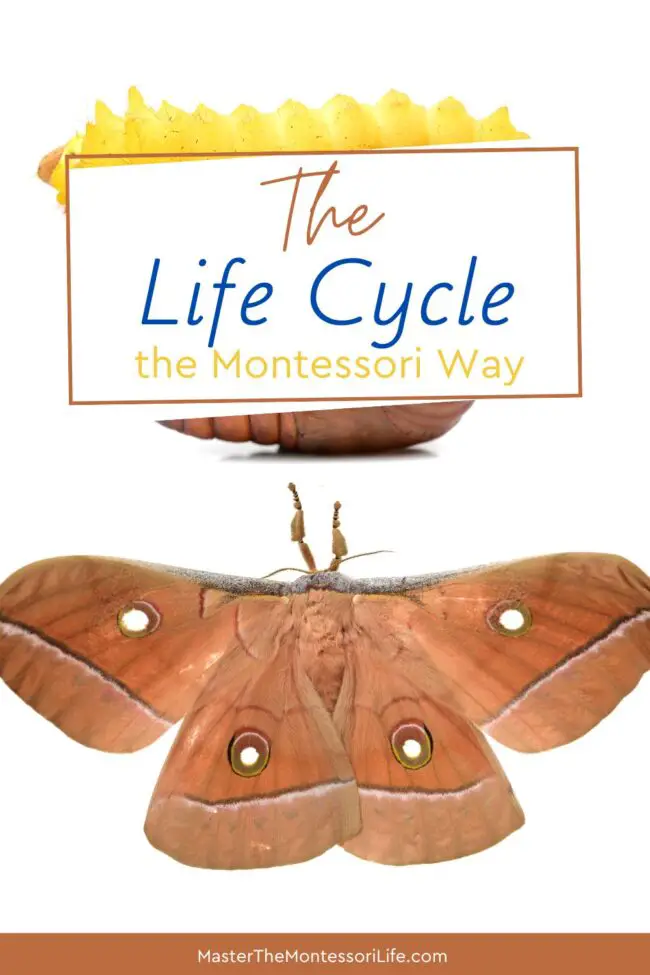
Observing and Exploring Nature
One of the key principles of Montessori education is fostering curiosity by observing and interacting with the natural environment. When children engage with nature directly, such as by watching caterpillars turn into butterflies or seeds grow into plants, they gain a deep understanding of the life cycle. It is a wonderful thing to observe!
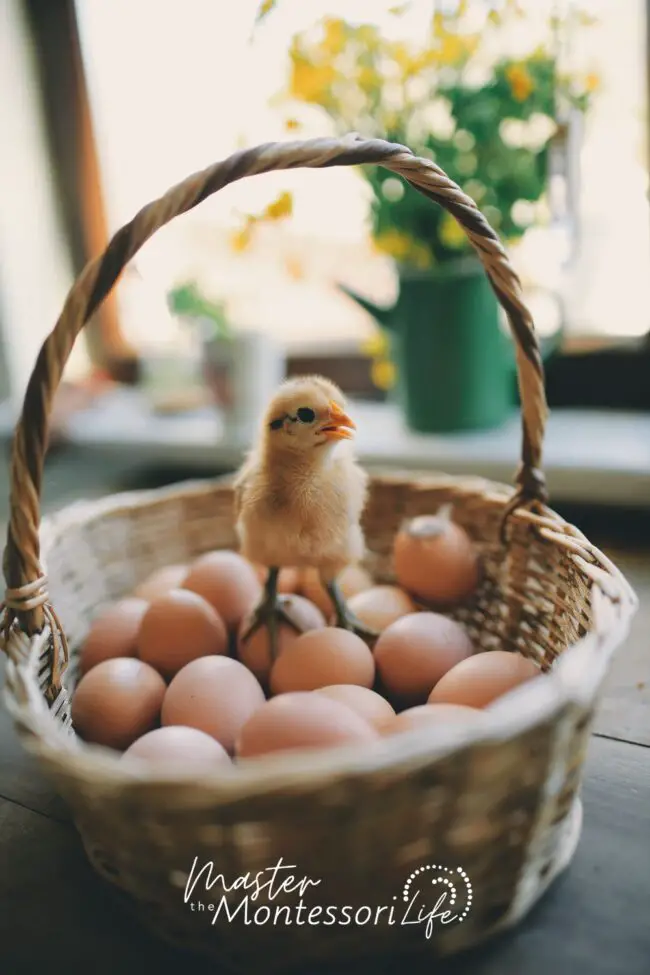
Montessori classrooms and homes can include natural materials, observation journals, and interactive activities, such as gardening, to reinforce this understanding. Providing real-life experiences ensures the learning process is both memorable and rooted in reality.
Here are some of our favorite kits in our Montessori homeschool throughout the years:
Insect Lore Live Butterfly Garden Life Cycle Observation Kit | 10 Live Baby Painted Lady Caterpillars | Habitat and Supplies Included Insect Lore Life Cycle Lessons Bundle | Butterfly Kit with 2 Cups Live Caterpillars | Ladybug Land with 2 Tubes Live Ladybug Larvae | Reusable Habitats, 2 STEM Journals & More
Insect Lore Life Cycle Lessons Bundle | Butterfly Kit with 2 Cups Live Caterpillars | Ladybug Land with 2 Tubes Live Ladybug Larvae | Reusable Habitats, 2 STEM Journals & More Insect Lore Giant Butterfly Garden with Voucher | 18 Inch Habitat | Life Cycle Figurines Included | Voucher to Redeem 5 Baby Caterpillars Later | Raise Painted Lady Butterflies
Insect Lore Giant Butterfly Garden with Voucher | 18 Inch Habitat | Life Cycle Figurines Included | Voucher to Redeem 5 Baby Caterpillars Later | Raise Painted Lady Butterflies
Visual and Tactile Learning Tools
Montessori materials are designed to be engaging and practical, promoting independent learning. When teaching about life cycles, items such as life cycle figurine sets, puzzles, and matching cards can provide a visual and tactile way for children to understand each stage.
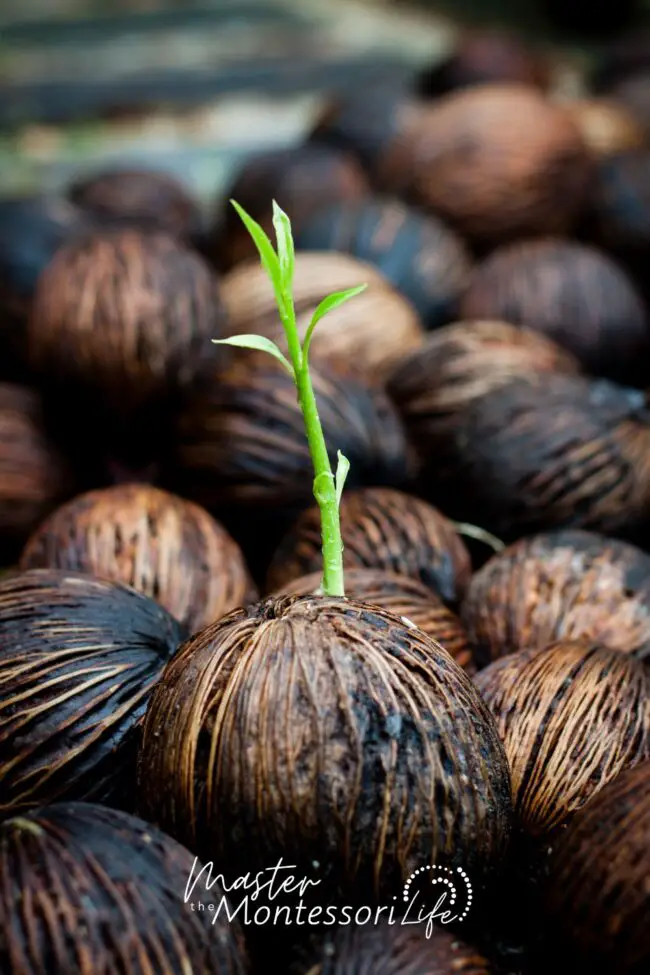
For example, the “Butterfly Life Cycle 3-Part Cards” are available from Master the Montessori Life. They can help children connect the scientific terminology with images and physical objects. These tools help build focus, creativity, and a structured understanding of natural processes. Here are some additional hands-on materials that you can use:
Insect Lore’s Life Cycle Figurines 24 Pc Set | Butterfly, Ladybug, Frog, Honey Bee, Ant and Praying Mantis | 4 Stages Per Insect, 24 Figurines Total 41 Pcs Chick Life Cycle Exploration Set, Chicken Life Cycle Learning Toy Animal Hatching Educational Toy with Chick Eggs for Classroom Home
41 Pcs Chick Life Cycle Exploration Set, Chicken Life Cycle Learning Toy Animal Hatching Educational Toy with Chick Eggs for Classroom Home Mbrain Life Cycle Learning & Education Toys,Montessori Toys Figurines for Frog, Butterfly, Ladybug,Plants Kit,Gift for Girl & Boy for 3 4 5 Year Old
Mbrain Life Cycle Learning & Education Toys,Montessori Toys Figurines for Frog, Butterfly, Ladybug,Plants Kit,Gift for Girl & Boy for 3 4 5 Year Old
Encouraging Critical Thinking and Questions
The Montessori way emphasizes the importance of a child’s ability to reason and ask questions. It is one of the most treasured things about this method. When learning about life cycles, Montessori Guides (teachers) can encourage children to think critically. Ask questions such as, “Why do plants need sunlight to grow?” or “What happens after the butterfly lays its eggs?”
This inquiring method fosters curiosity and a deeper appreciation for how life works. Activities like “Life Cycle Sequencing Activities,” found at Master the Montessori Life Shop, offer engaging resources to promote critical thinking and step-by-step learning.
Bringing It All Together
Teaching the life cycle using the Montessori method fosters an enduring fascination with nature and the world around us. Through observation, interactive materials, and critical thinking, children develop a comprehensive understanding of life’s processes while building their independence.
Quality Montessori resources are available at Master the Montessori Life. Educators and parents can create a rich learning environment that nurtures growth and curiosity. By integrating these tools and values into the classroom or home, we can inspire children to become lifelong learners and stewards of the natural world.
You might also enjoy these relevant topics:
- Motor Skills for Hands the Montessori Way
 The Montessori Method puts a special focus on developing motor skills for hands, recognizing how essential they are for independence, confidence, and curiosity.
The Montessori Method puts a special focus on developing motor skills for hands, recognizing how essential they are for independence, confidence, and curiosity. - Simplify Toy Rotation with Montessori Checklist
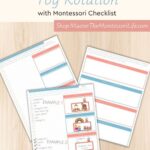 Make Toy Rotation Simple and Fun with the Montessori Toy Rotation Checklist Labels and Chart. Organizing your child’s play area shouldn’t be stressful! That’s why the Montessori Toy Rotation Checklist, Labels & Chart is every parent’s new best friend when it comes to keeping toys fresh and shelves inviting.
Make Toy Rotation Simple and Fun with the Montessori Toy Rotation Checklist Labels and Chart. Organizing your child’s play area shouldn’t be stressful! That’s why the Montessori Toy Rotation Checklist, Labels & Chart is every parent’s new best friend when it comes to keeping toys fresh and shelves inviting. - Sight Words for Toddlers in Montessori Language Arts
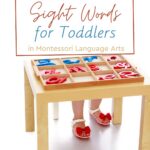 When you look into Montessori Language Arts, you will find a unique and engaging approach that helps toddlers master these important words.
When you look into Montessori Language Arts, you will find a unique and engaging approach that helps toddlers master these important words. - Sensitive Periods in Child Development
 These sensitive periods are unique windows of opportunity that help children easily absorb important skills and concepts.
These sensitive periods are unique windows of opportunity that help children easily absorb important skills and concepts. - Montessori Practical Life Step 1 Guide
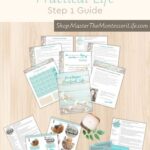 Montessori Practical Life Step 1 Checklists The Easy Way to Keep Your Montessori Journey Organized: Discover an affordable, printable checklist set that helps you organize lessons, track progress, and ensure Practical Life success for every child.
Montessori Practical Life Step 1 Checklists The Easy Way to Keep Your Montessori Journey Organized: Discover an affordable, printable checklist set that helps you organize lessons, track progress, and ensure Practical Life success for every child. - How to Incorporate Montessori Activities into Your Baby’s Daily Routine
 Well, let me get started by telling you that it isn’t just incorporating it into your baby’s daily routine… you need to make it a part of your own as well!
Well, let me get started by telling you that it isn’t just incorporating it into your baby’s daily routine… you need to make it a part of your own as well!







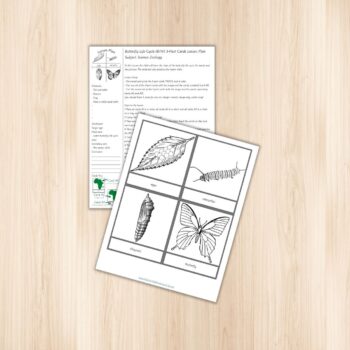
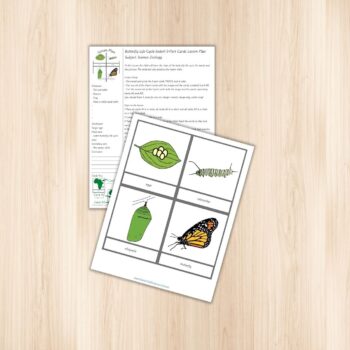
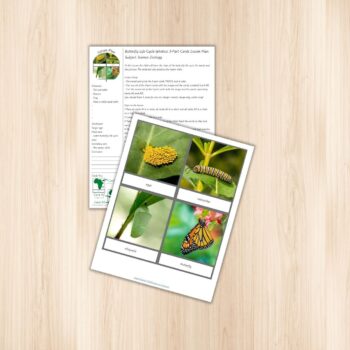
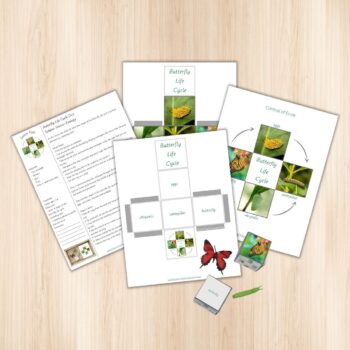
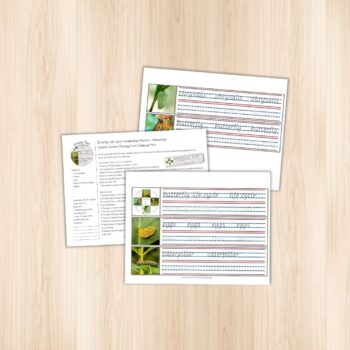
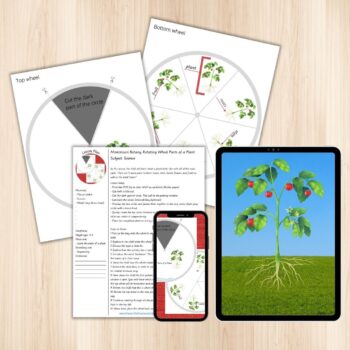

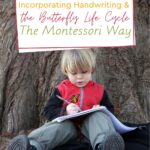

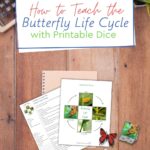
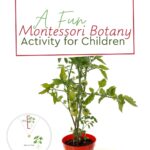

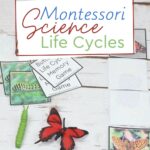
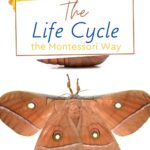
Leave a Reply